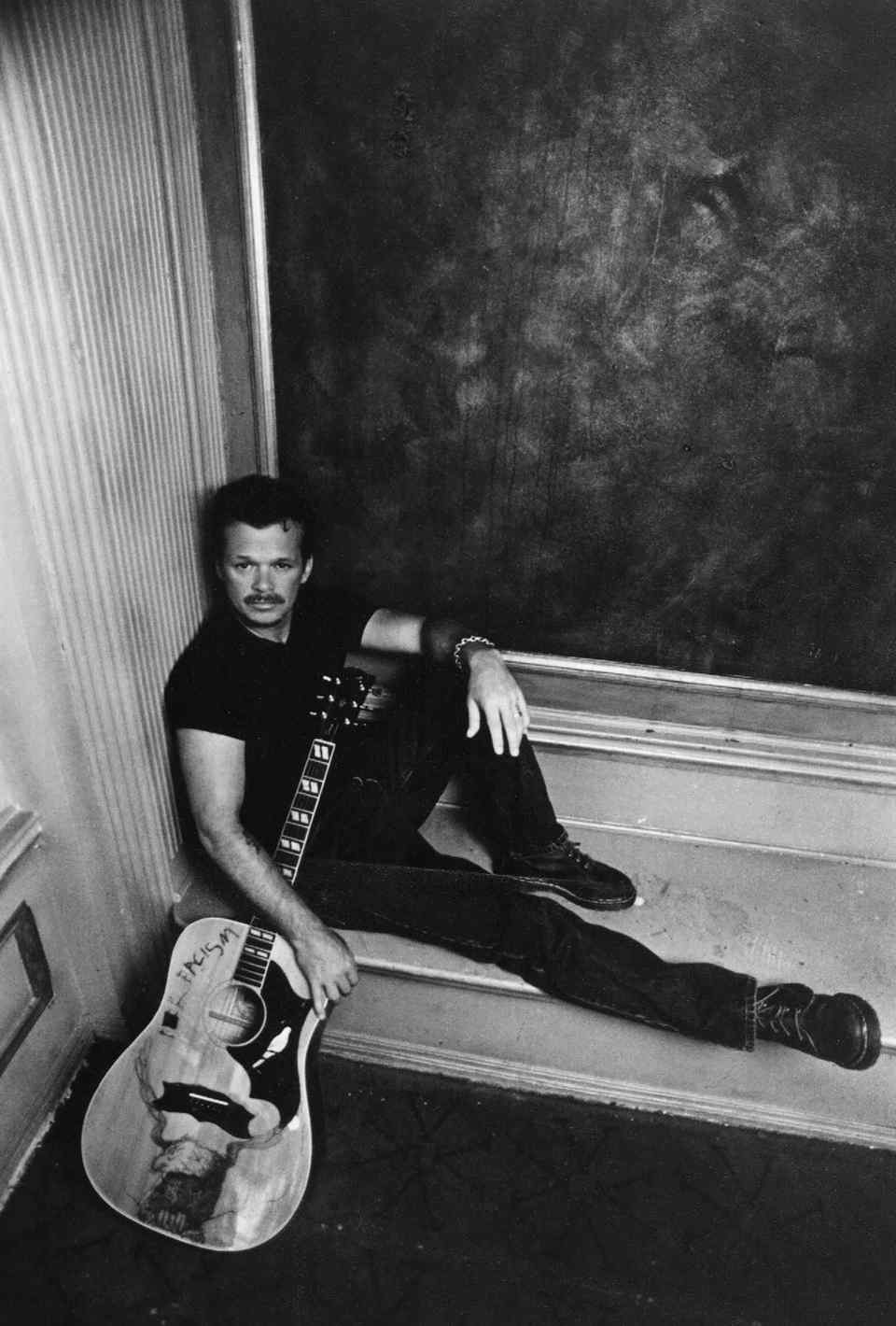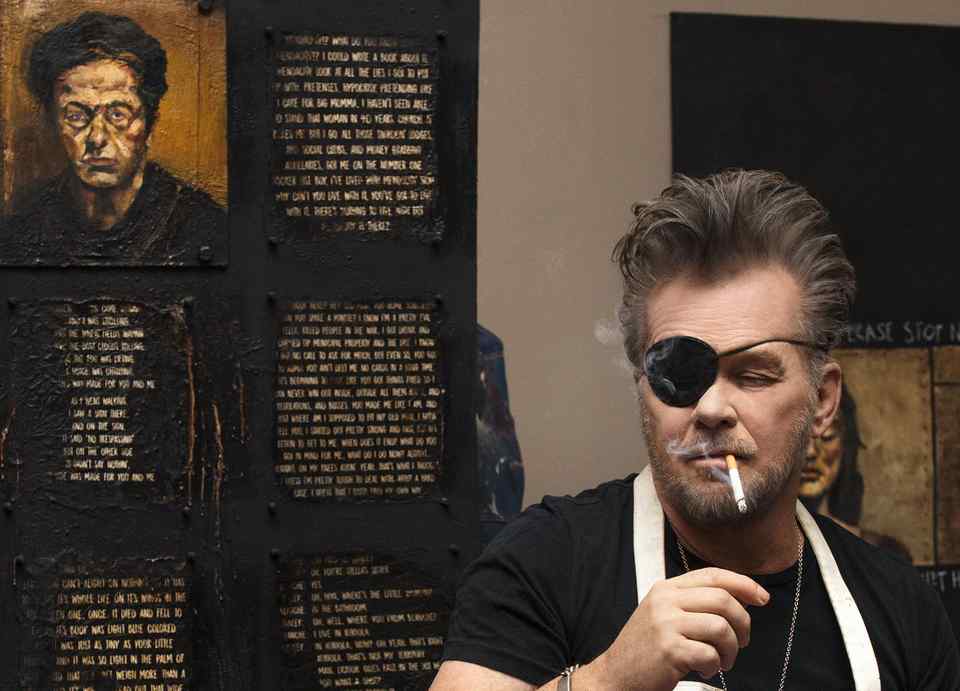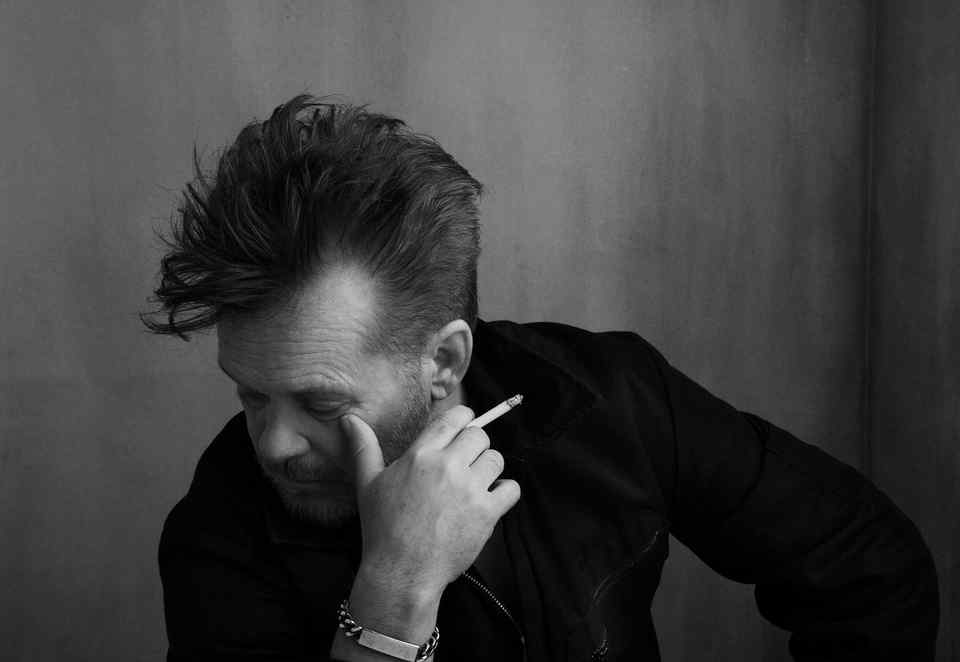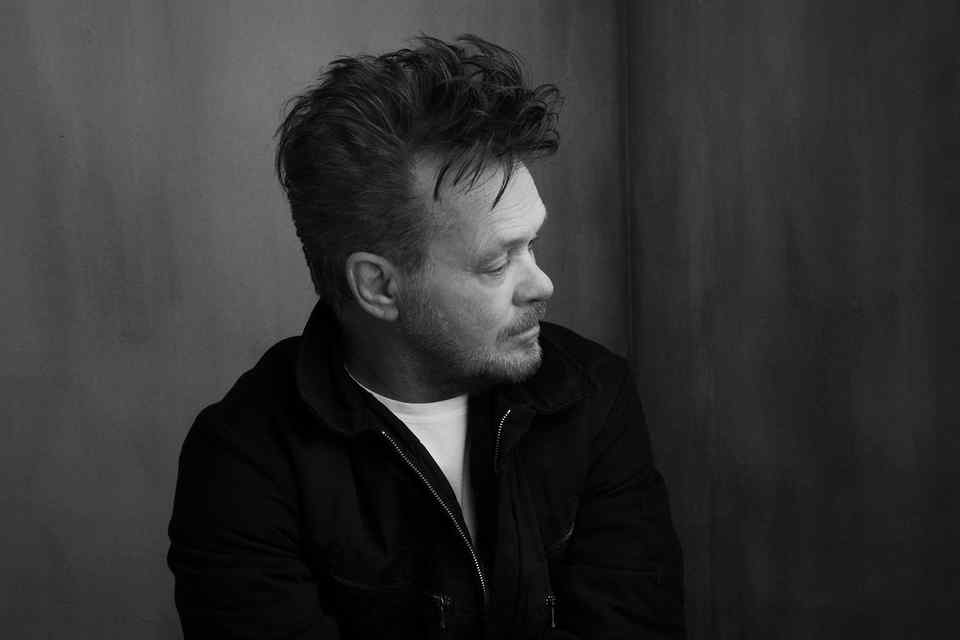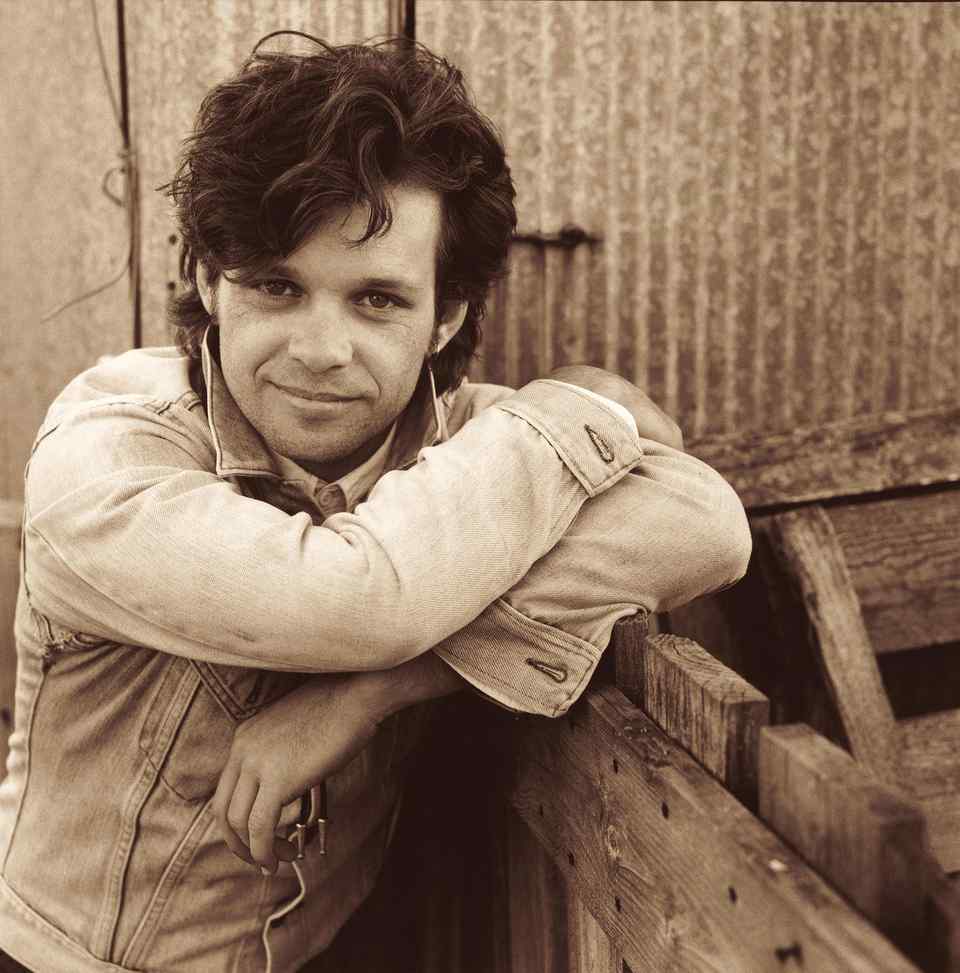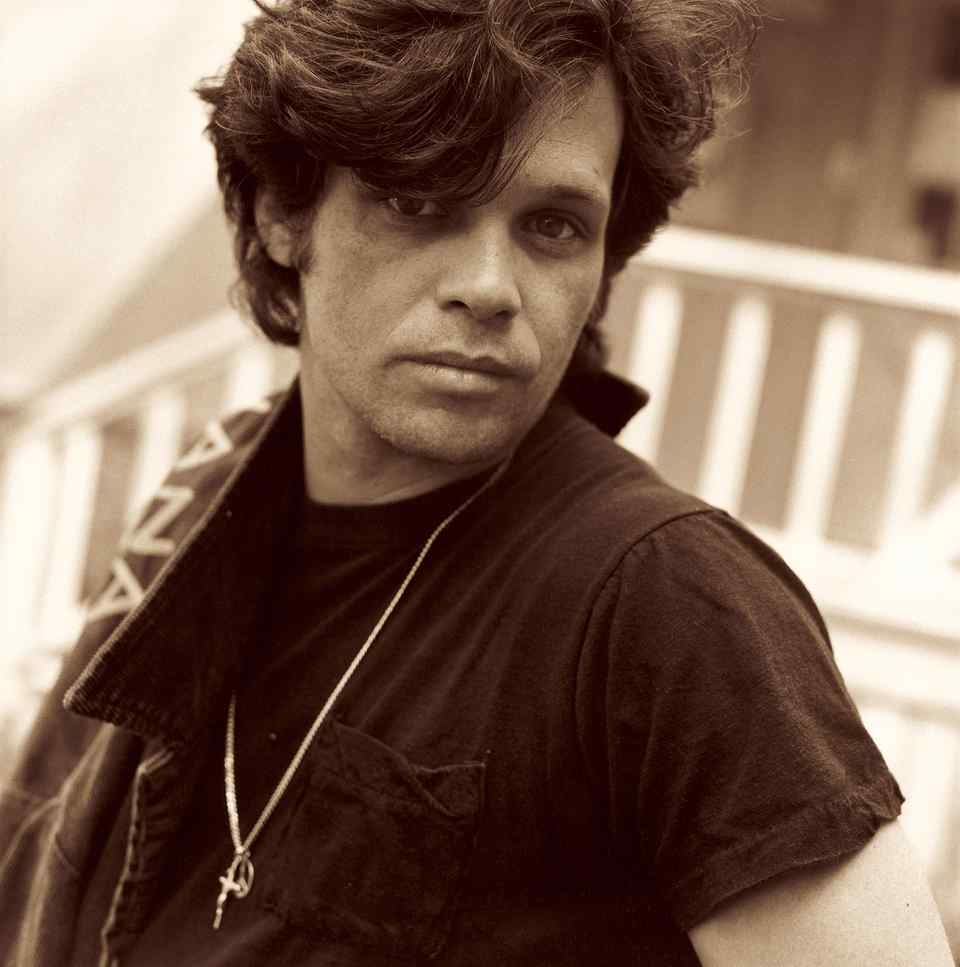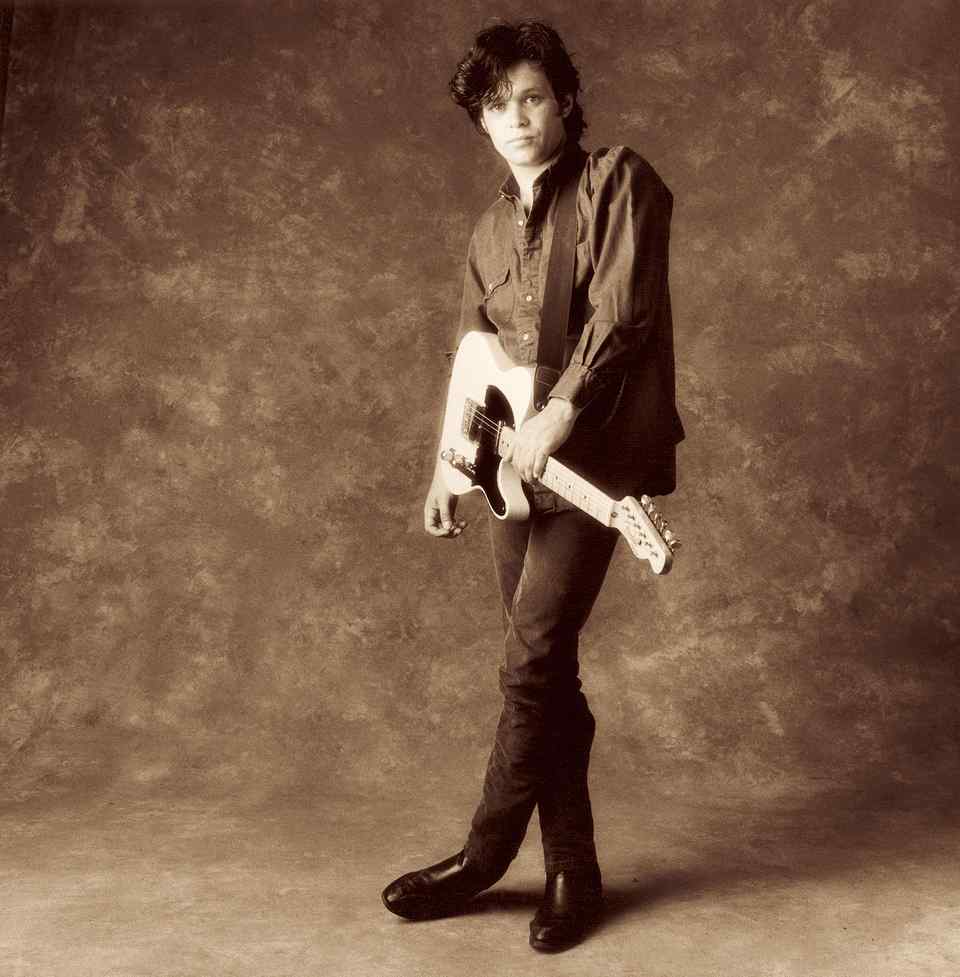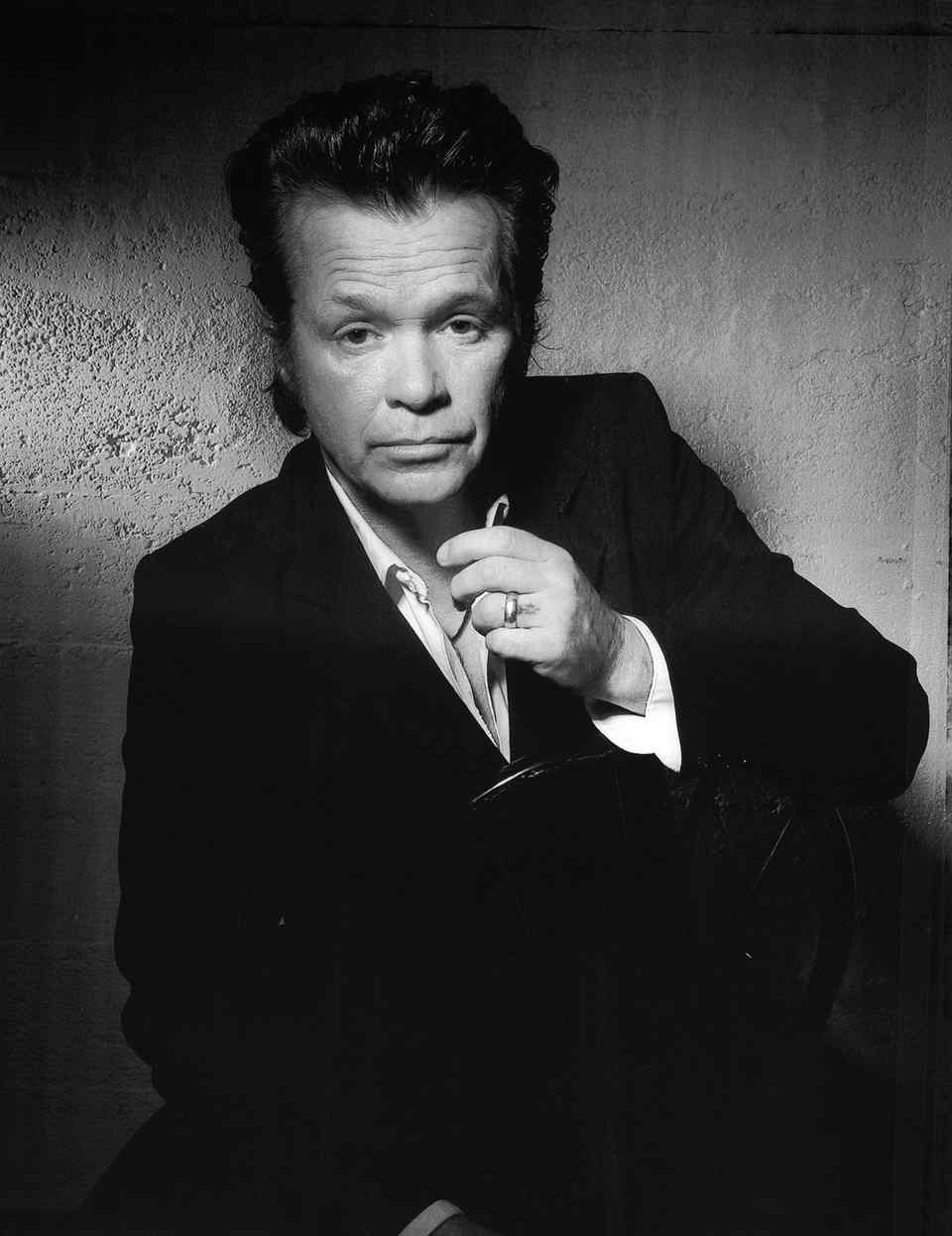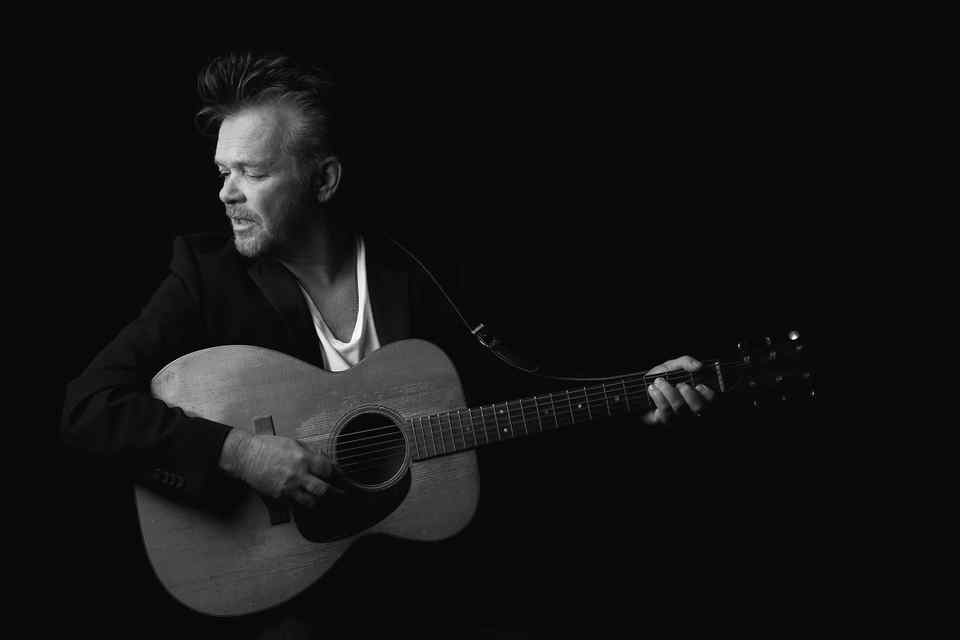San Antonio Express News: Mellencamp Honors The Past At Historic Local
By Jim Beal Jr.
Outside the Gunter Hotel it was the same-old, same-old, just plain South Texas hot.
In Room 414 of the downtown hotel, a singer sat in a folding chair atop a bit of borrowed ballroom dance floor, playing an acoustic guitar and facing a single microphone.
Inside the adjoining room, 413, a tall man reclined on a king-size bed while a couple of engineers worked with reels of tape on an Ampex recorder.
It might have been a scene from 1936, when Robert Johnson recorded what was to become legendary blues in the Gunter. But it wasn't. It was earlier this month, and heartland rocker John Mellencamp and two members of his band, fiddler Miriam Sturm and guitarist Andy York, gathered around a vintage microphone laying down songs while Grammy winning producer T-Bone Burnett, the tall man from Los Angeles by way of Fort Worth, made suggestions now and again.
There was Perrier water in ice chests in a bathtub, laptop computers and iPhones all over the place, room-service eggs and a film crew led by acclaimed shooter Kurt Marcus documenting all of it. Robert Johnson and record producer Don Law didn't have any of that in November of '36, but they probably would have if they could have.
Though he was on tour with Bob Dylan and Willie Nelson, Mellencamp worked on his days off, recording in historic locations using vintage gear. Mellencamp, his musicians and crew, along with producer Burnett, did sessions in the First African Baptist Church in Savannah, Ga., Sun Studio in Memphis and the Sheraton Gunter Hotel. The album, "No Better Than This," is scheduled for release in the spring of next year.
"This is where Robert Johnson recorded," Mellencamp said during a brief break between songs. "The set-up is exactly the same as when he recorded here. At Sun Studio, I stood and sang on the 'x' where Elvis stood and sang. Recording at the church in Savannah was like a religious experience. For me it's just the honor of being able to do that, the luxury of being able to do that."
Mellencamp and company recorded several songs in Savannah and at Sun Studio, two in the Gunter.
"Just this one song was written specifically for a place, this place. It's called 'Right Behind Me' or 'Right Behind Us,' I haven't decided yet. I wrote it just for this room," Mellencamp said. "I could have done this in my studio. But I want to do it this way, and if I can't do what I want at this point, I'm not going to do it. If it's not fun, I'm not going to do it. I'm through digging a ditch."
Burnett, a singer, songwriter and guitarist as well as a first-call producer, has made a considerable mark working with artists including Los Lobos, Elvis Costello, the Wallflowers, Gillian Welch, Alison Krauss and Robert Plant and on the smash hit movie "O Brother, Where Art Thou?" and its soundtrack.
"John is a really great singer and I'm always happy working with him in any environment," Burnett said. "The fact he chose these historic locations is a big plus. The stories that have come out of the sessions are extraordinary. The First African Baptist Church was started in 1775. It was an important stop on the Underground Railroad and central to the civil rights movement. Sun Studio, from a completely different angle, was also important to the civil rights movement and, from another angle, so were Robert Johnson's recordings at the Gunter."
For Burnett, the realities of the settings merged with the myths and stories.
"This was John's idea. I didn't have a sense of what each one could be," he said. "Sun Studios is filled with ghosts. There's energy there. We recorded a full band around one microphone. Everything was focused toward that one point, and it blended. So when a song ended, it was either 'yes' or 'no.' I've been in Sun Studio before, but this one (the Gunter) seems to be the most deeply imbedded in our generation. It's almost like going through the looking glass for me, personally."
The settings made an impact on all involved.
"This is far cooler, more of a vibe and a feeling than just some regular studio," said fiddler Sturm. "I am particularly excited to have even spent time in the same room Robert Johnson occupied — let alone play music."
From Room 414 came the call to action.
"Everybody back on your heads," Mellencamp commanded.
For the next take of "Right Behind Me"/"Right Behind Us," Burnett pulled up a chair near Mellencamp. Sturm and York took their places in the circle. Jokes were exchanged.
"This place is like a warp in time," Burnett said to Mellencamp. "When I first learned about Robert Johnson in the '60s, he was more of a myth than a real person."
"Knowing that (expletive) was sitting right here in 1936 . . .," Mellencamp responded with a measure of awe.
Then he turned toward the microphone and counted off the beat with his boot.
Click HERE to read the article and view a photo from the recording session on their website.
Outside the Gunter Hotel it was the same-old, same-old, just plain South Texas hot.
In Room 414 of the downtown hotel, a singer sat in a folding chair atop a bit of borrowed ballroom dance floor, playing an acoustic guitar and facing a single microphone.
Inside the adjoining room, 413, a tall man reclined on a king-size bed while a couple of engineers worked with reels of tape on an Ampex recorder.
It might have been a scene from 1936, when Robert Johnson recorded what was to become legendary blues in the Gunter. But it wasn't. It was earlier this month, and heartland rocker John Mellencamp and two members of his band, fiddler Miriam Sturm and guitarist Andy York, gathered around a vintage microphone laying down songs while Grammy winning producer T-Bone Burnett, the tall man from Los Angeles by way of Fort Worth, made suggestions now and again.
There was Perrier water in ice chests in a bathtub, laptop computers and iPhones all over the place, room-service eggs and a film crew led by acclaimed shooter Kurt Marcus documenting all of it. Robert Johnson and record producer Don Law didn't have any of that in November of '36, but they probably would have if they could have.
Though he was on tour with Bob Dylan and Willie Nelson, Mellencamp worked on his days off, recording in historic locations using vintage gear. Mellencamp, his musicians and crew, along with producer Burnett, did sessions in the First African Baptist Church in Savannah, Ga., Sun Studio in Memphis and the Sheraton Gunter Hotel. The album, "No Better Than This," is scheduled for release in the spring of next year.
"This is where Robert Johnson recorded," Mellencamp said during a brief break between songs. "The set-up is exactly the same as when he recorded here. At Sun Studio, I stood and sang on the 'x' where Elvis stood and sang. Recording at the church in Savannah was like a religious experience. For me it's just the honor of being able to do that, the luxury of being able to do that."
Mellencamp and company recorded several songs in Savannah and at Sun Studio, two in the Gunter.
"Just this one song was written specifically for a place, this place. It's called 'Right Behind Me' or 'Right Behind Us,' I haven't decided yet. I wrote it just for this room," Mellencamp said. "I could have done this in my studio. But I want to do it this way, and if I can't do what I want at this point, I'm not going to do it. If it's not fun, I'm not going to do it. I'm through digging a ditch."
Burnett, a singer, songwriter and guitarist as well as a first-call producer, has made a considerable mark working with artists including Los Lobos, Elvis Costello, the Wallflowers, Gillian Welch, Alison Krauss and Robert Plant and on the smash hit movie "O Brother, Where Art Thou?" and its soundtrack.
"John is a really great singer and I'm always happy working with him in any environment," Burnett said. "The fact he chose these historic locations is a big plus. The stories that have come out of the sessions are extraordinary. The First African Baptist Church was started in 1775. It was an important stop on the Underground Railroad and central to the civil rights movement. Sun Studio, from a completely different angle, was also important to the civil rights movement and, from another angle, so were Robert Johnson's recordings at the Gunter."
For Burnett, the realities of the settings merged with the myths and stories.
"This was John's idea. I didn't have a sense of what each one could be," he said. "Sun Studios is filled with ghosts. There's energy there. We recorded a full band around one microphone. Everything was focused toward that one point, and it blended. So when a song ended, it was either 'yes' or 'no.' I've been in Sun Studio before, but this one (the Gunter) seems to be the most deeply imbedded in our generation. It's almost like going through the looking glass for me, personally."
The settings made an impact on all involved.
"This is far cooler, more of a vibe and a feeling than just some regular studio," said fiddler Sturm. "I am particularly excited to have even spent time in the same room Robert Johnson occupied — let alone play music."
From Room 414 came the call to action.
"Everybody back on your heads," Mellencamp commanded.
For the next take of "Right Behind Me"/"Right Behind Us," Burnett pulled up a chair near Mellencamp. Sturm and York took their places in the circle. Jokes were exchanged.
"This place is like a warp in time," Burnett said to Mellencamp. "When I first learned about Robert Johnson in the '60s, he was more of a myth than a real person."
"Knowing that (expletive) was sitting right here in 1936 . . .," Mellencamp responded with a measure of awe.
Then he turned toward the microphone and counted off the beat with his boot.
Click HERE to read the article and view a photo from the recording session on their website.
